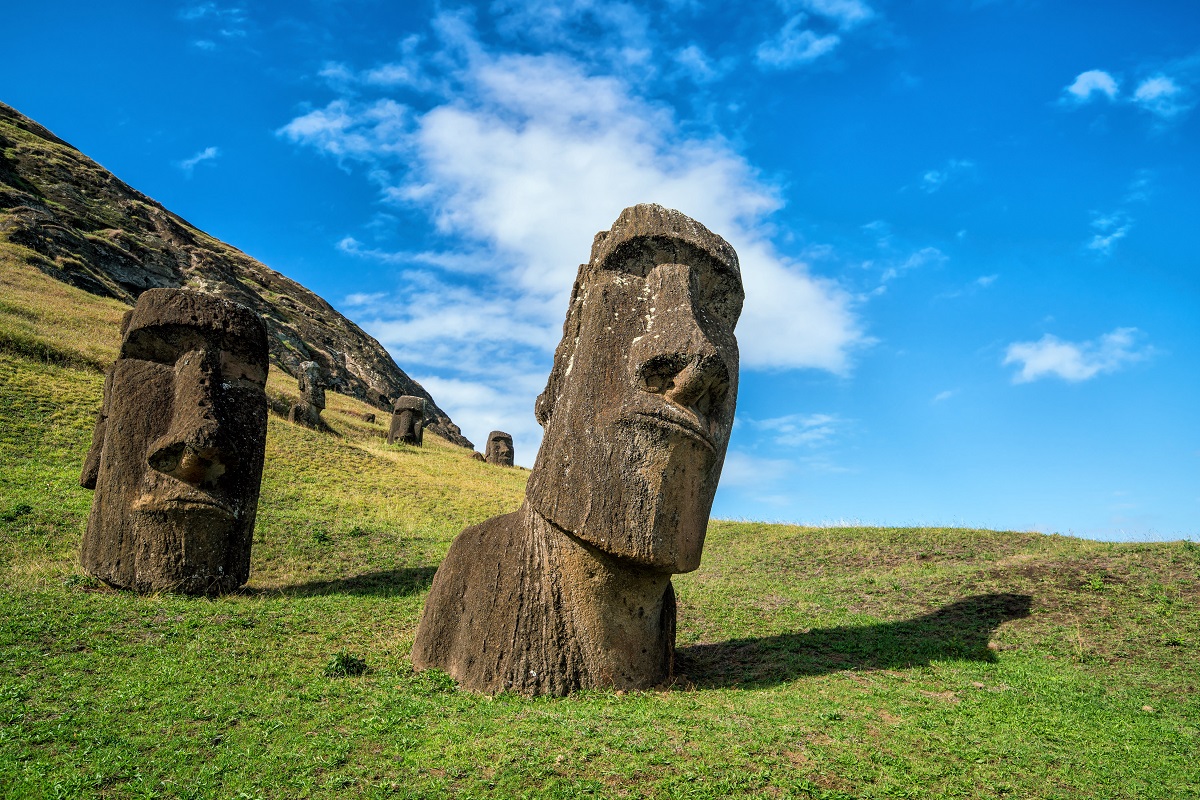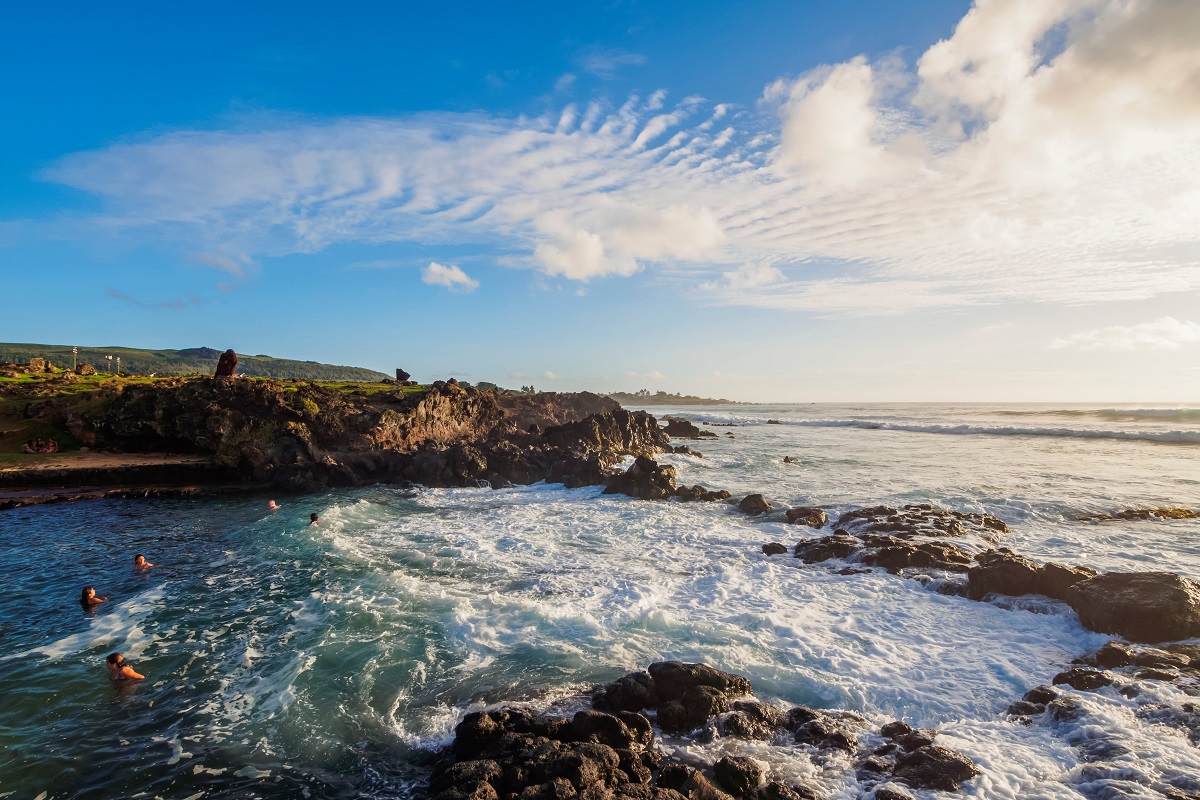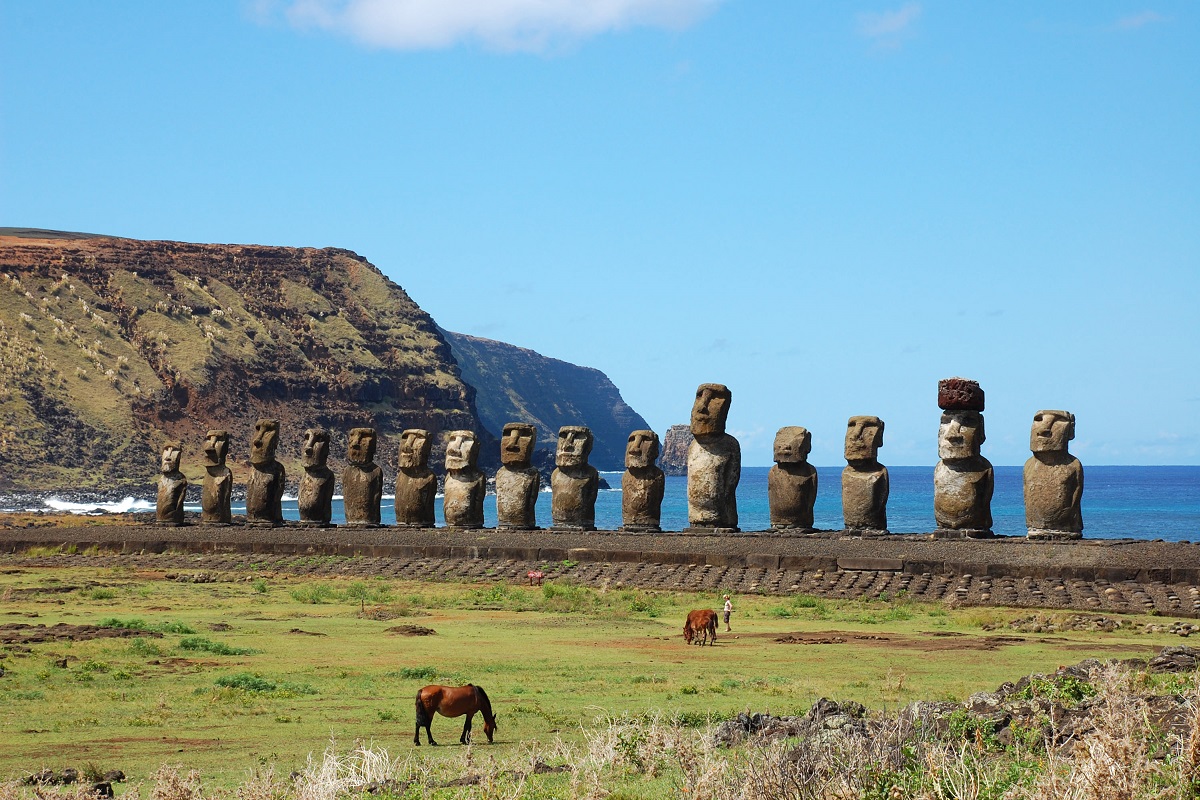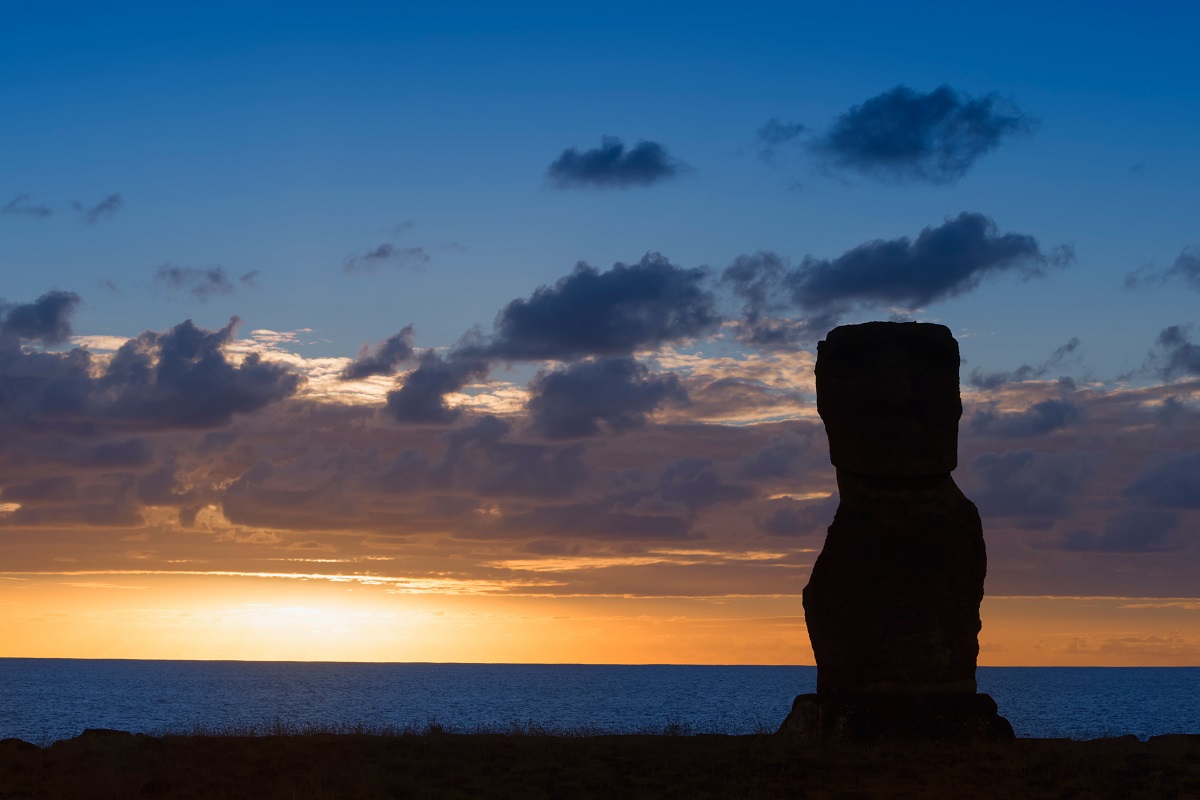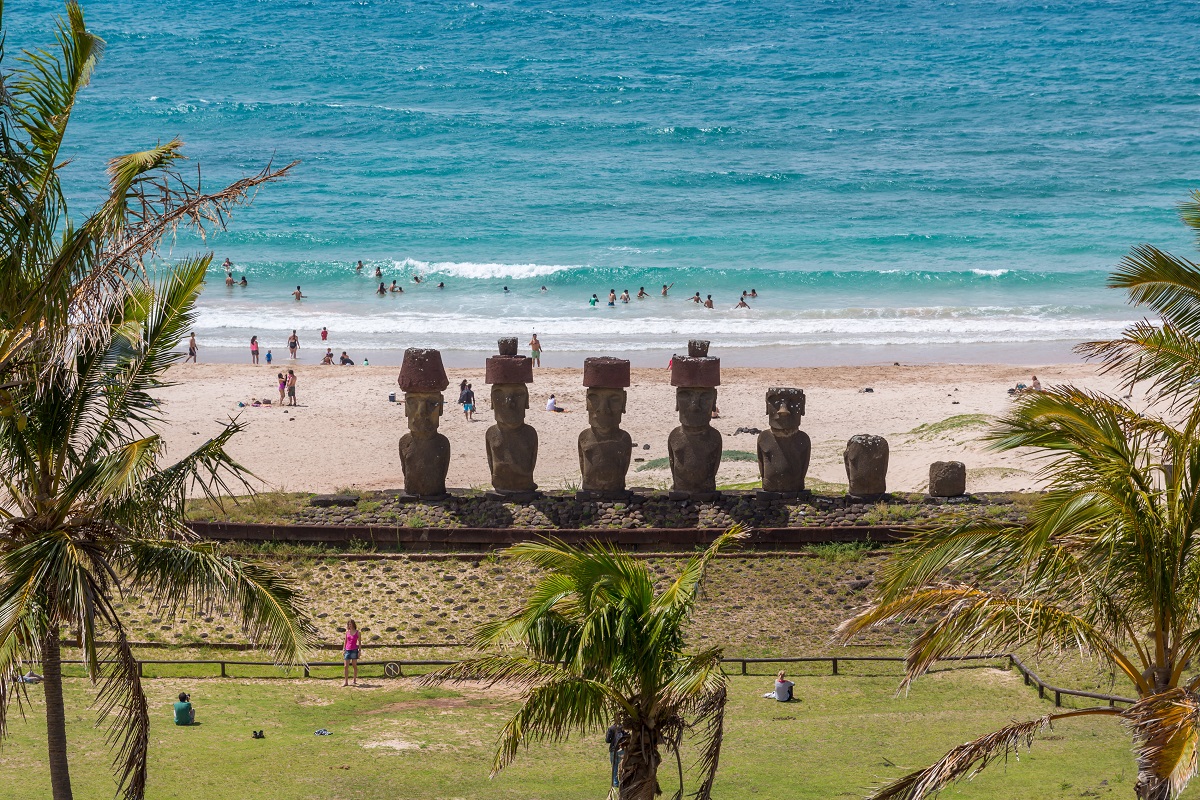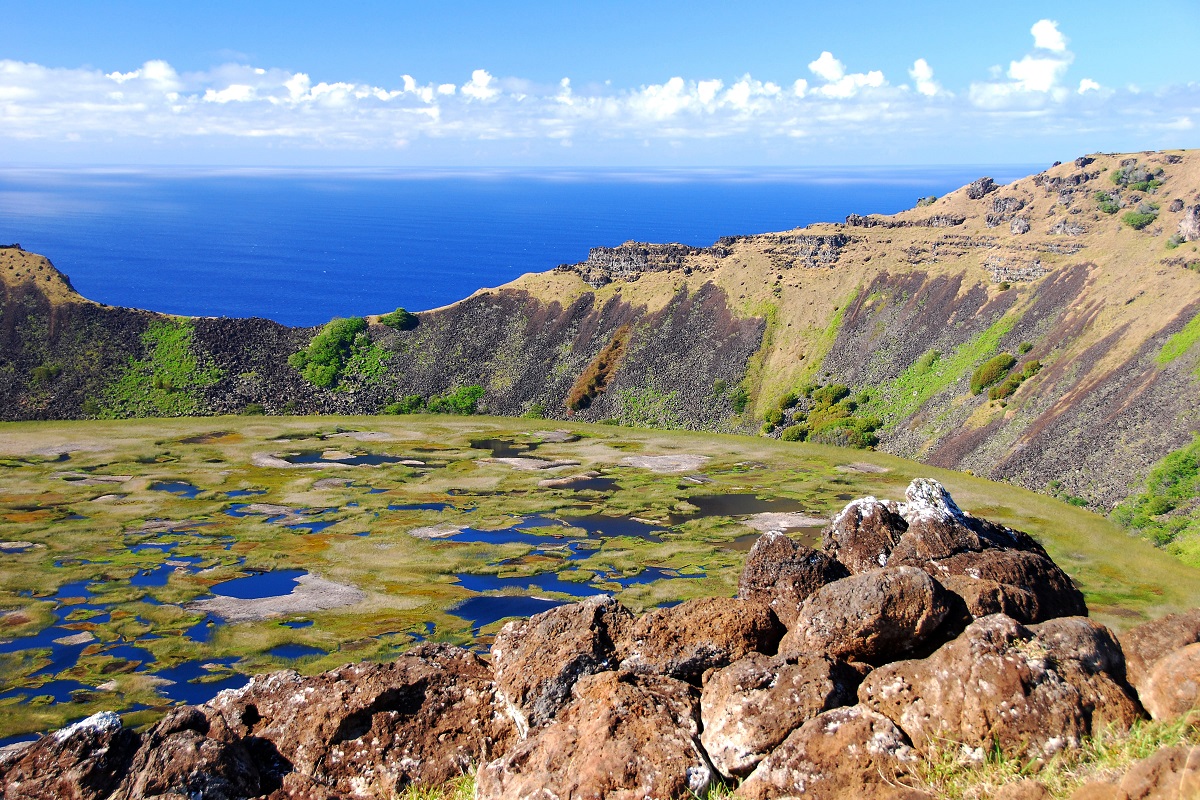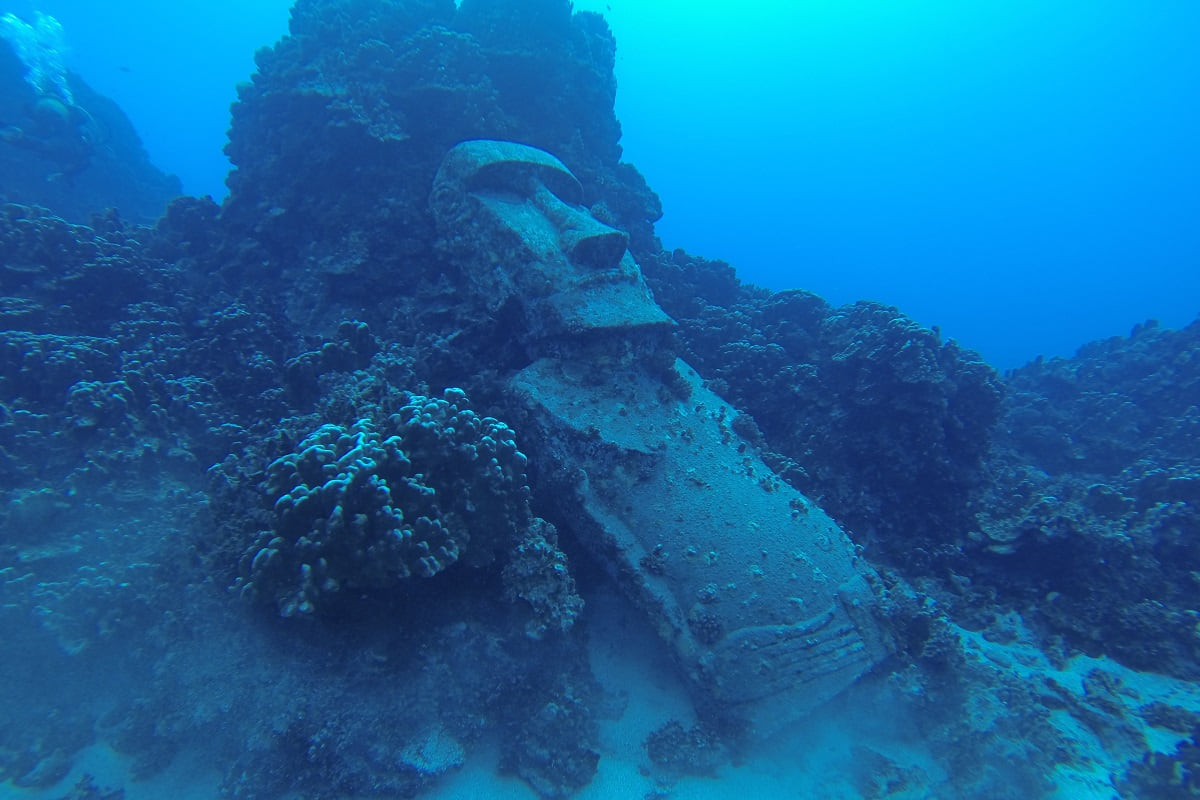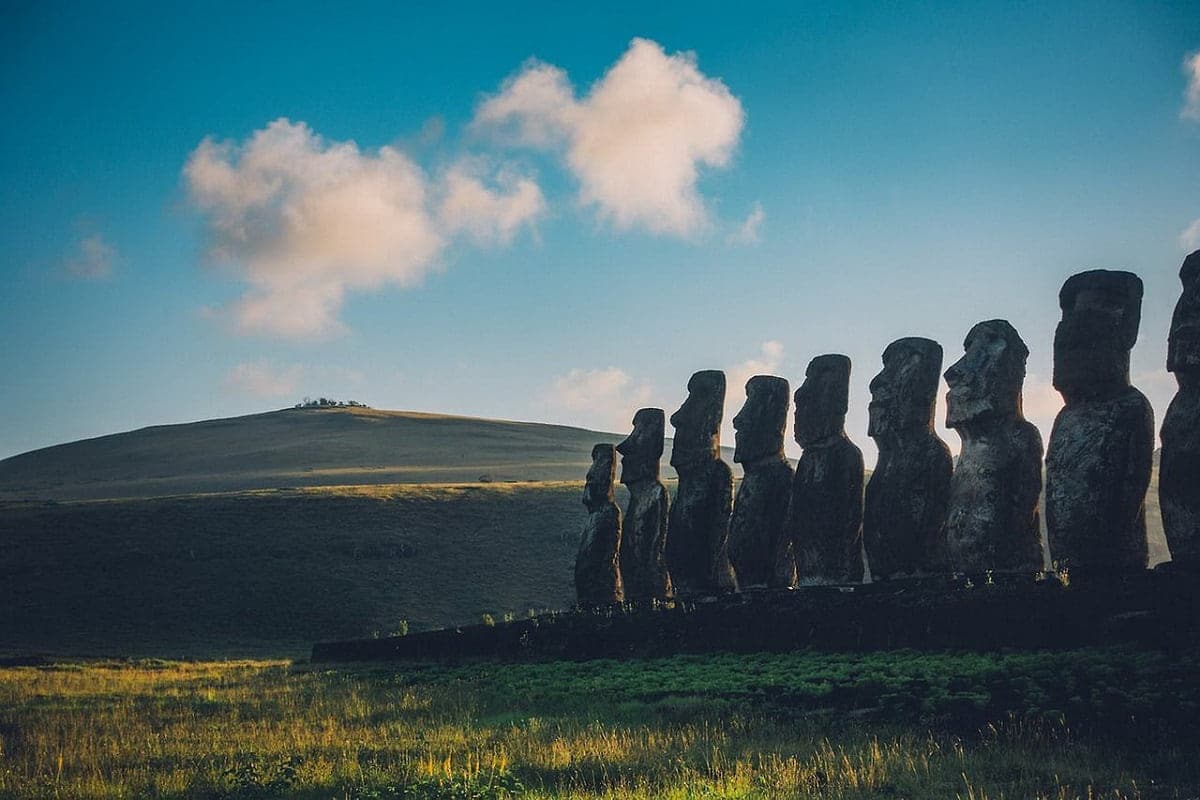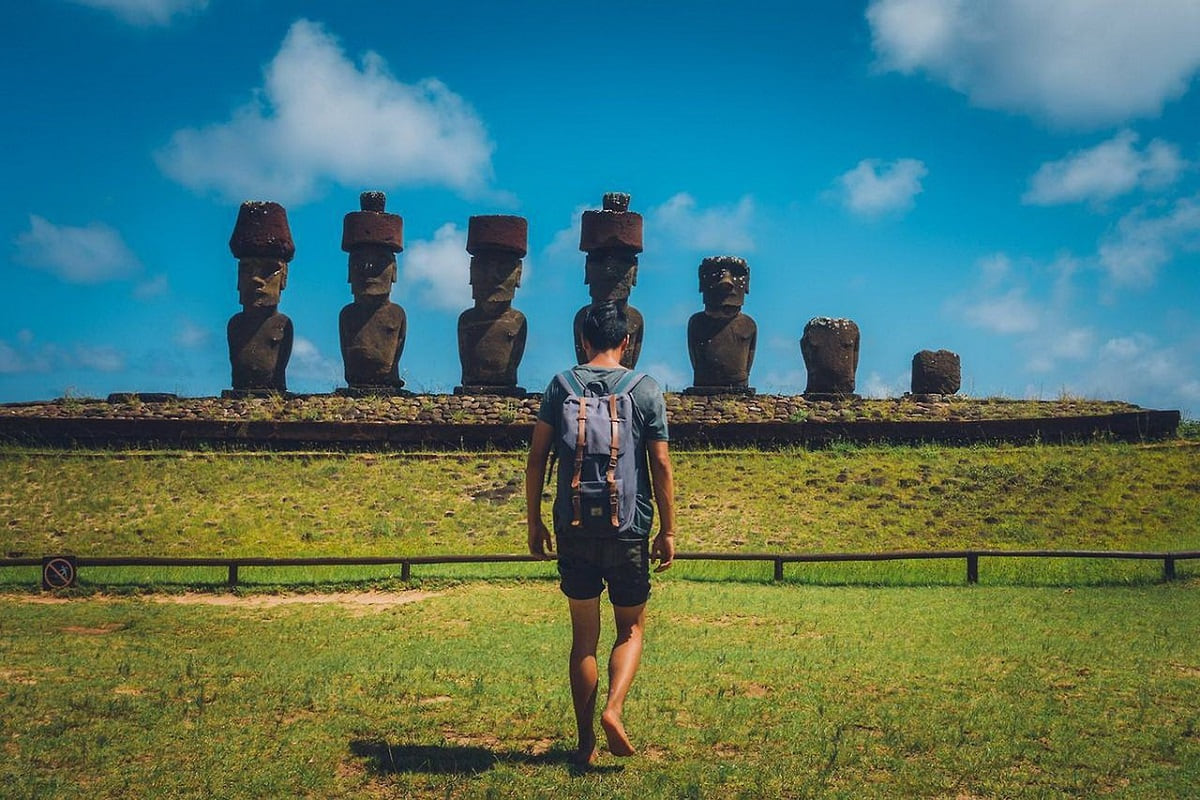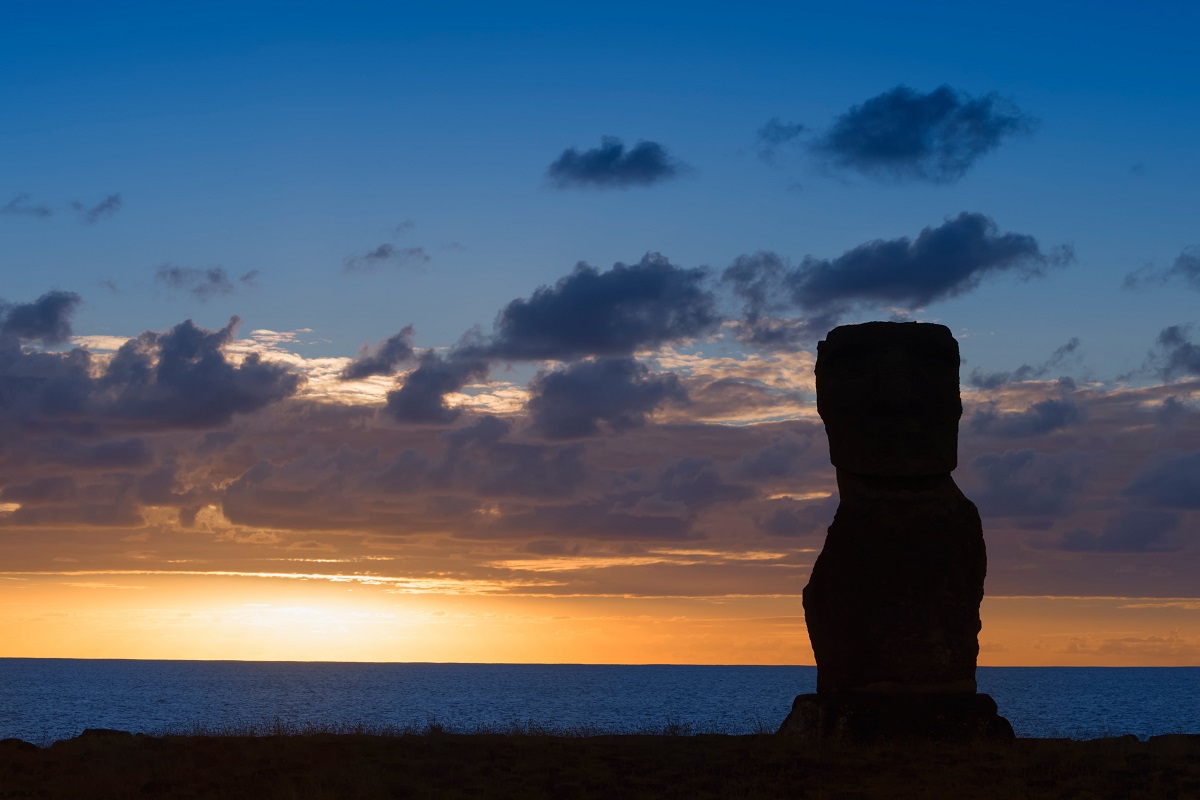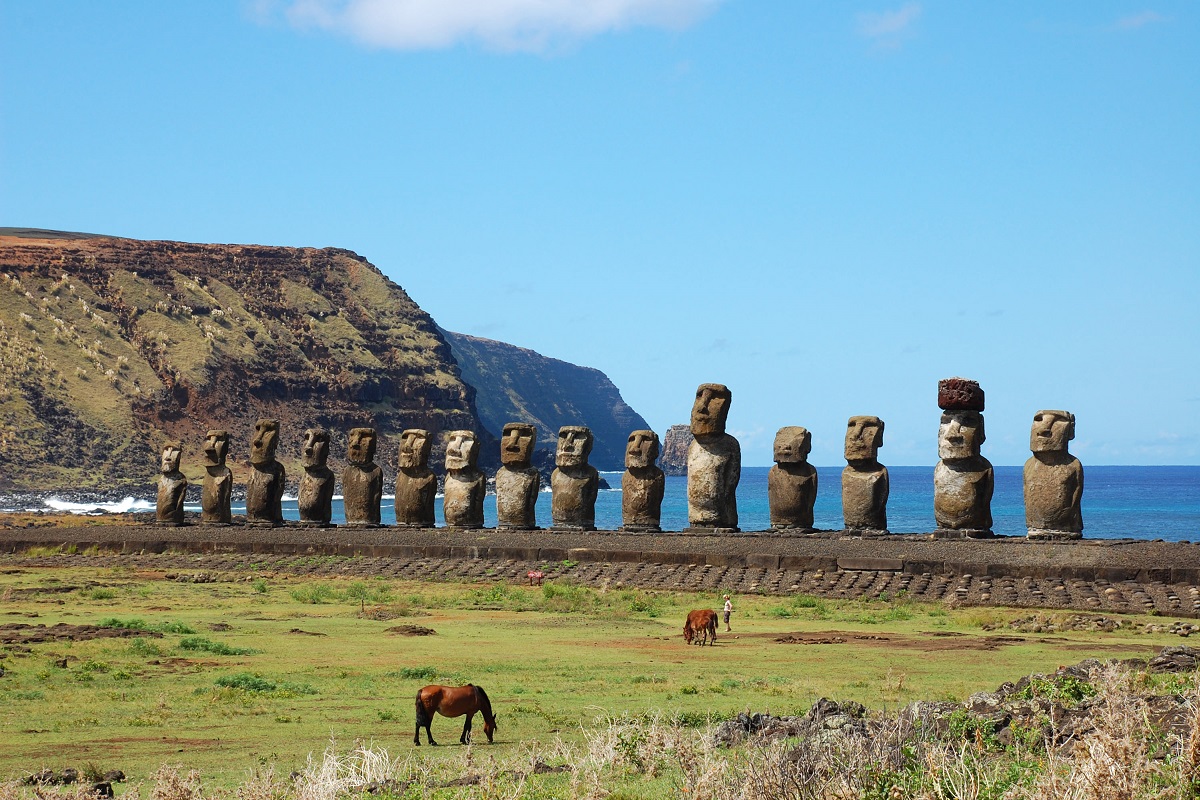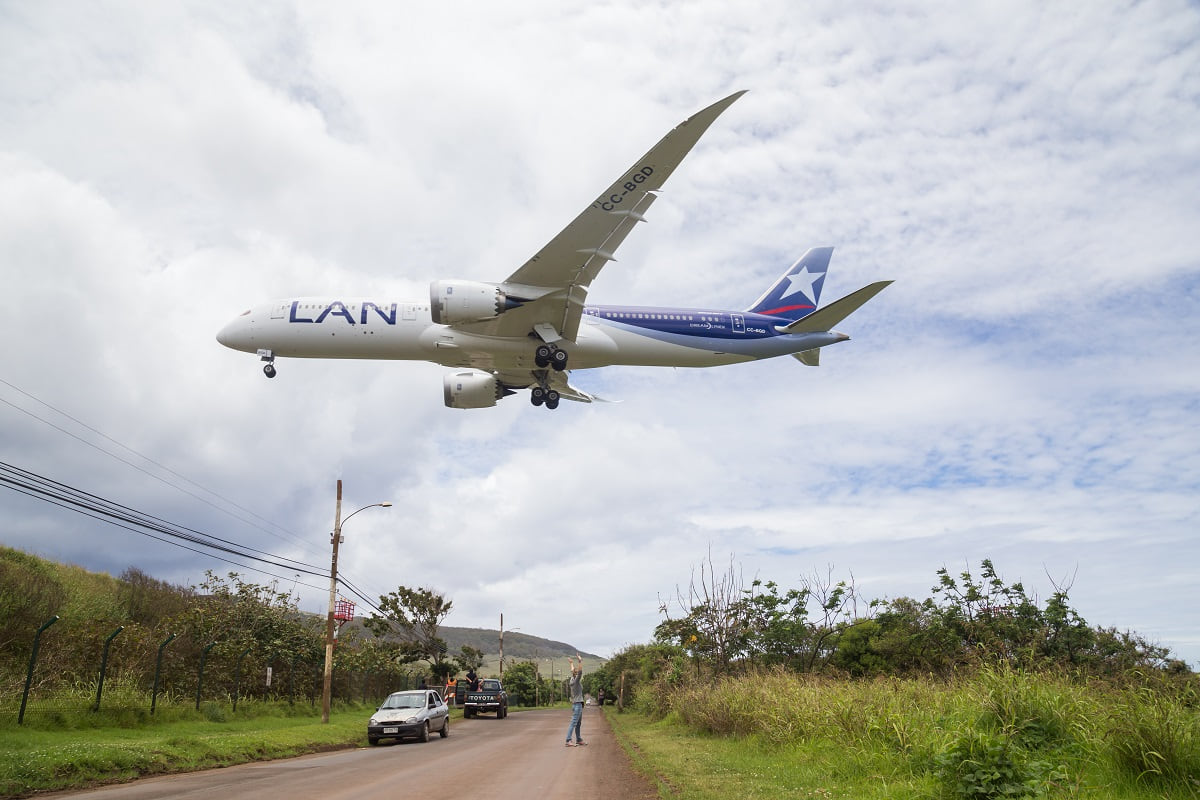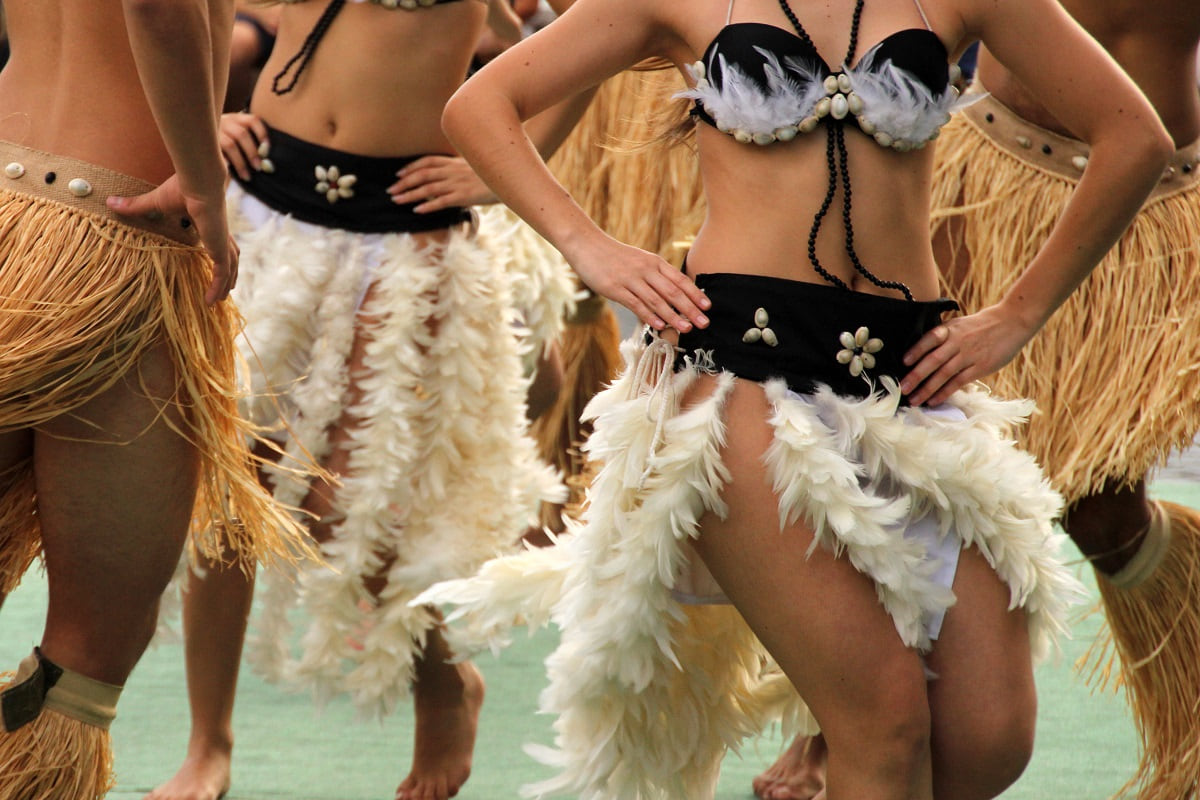Easter Island, the Legendary Lands
Easter Island, also known as Rapa Nui, lies at the eastern end of the Polynesian Triangle. Its current name refers to its discovery on Easter Sunday by an 18th-century Dutch navigator. The island now belongs to Chile, more than 3,700 kilometers from its shores. This desolate land, lost in the Pacific Ocean and dominated by ancient volcanoes, is mainly covered by meadows. A few uninhabited offshore islets have been transformed into nature reserves. But the island is above all Rapanui culture and the famous megalithic Moai, colossal statues of international renown. The journey will be mysterious, enchanting and sometimes even melancholy.
About Easter Island
Why Visit Easter Island
Never has an island been more mysterious and melancholy than Easter Island. Its complete isolation in the middle of the Pacific Ocean and its still largely unknown history reinforce the idea of an initiatory journey, where beauty meets despair over a vanished nature and a vanished civilization. Faced with archaeological remains, the emotional impact is extreme, prompting introspection. This incredible change of scenery makes for a unique and deeply moving discovery.
The adventure is above all historical: the renovation of the archaeological sites, and in particular the monolithic statues, offers total immersion. This impression is reinforced by a singular, almost treeless landscape, barely disturbed by dormant volcanoes. The island resembles an immense plain, sometimes undulating, where a void reigns that you have yet to fill, to interpret. Despite a non-existent lagoon, tourism has developed to a very satisfactory level, both in terms of accommodation and activities.
Easter Island is clearly an atypical destination, and the journey offers a bewildering experience with multiple interpretations.
The Essentials Of Easter Island
1. The Legendary Moai
Thanks to an impressive renovation project, Easter Island is now able to boast a historical heritage of exceptional and irreplaceable value. First and foremost, there are the monumental statues, with their sometimes stern, sometimes placid expressions. Lined up on sometimes immense stone platforms, they face inland, taking on visitors with their backs to the ocean. Most of the Moai are located within Rapa Nui National Park. But others are in direct contact with the dwellings, making them impossible to ignore.
Moai raise many questions, and many archaeologists and historians speculate on the manufacturing process, transportation and even abandonment of these stone giants measuring several meters in height and weighing several tons. A visit to the Rano Raraku quarry is enough to give an idea of the abrupt fall of the Rapanui civilization. Accompanied by a local guide, the exploration takes on a mystical and absolutely fascinating air.
2. A Highly Satisfactory Tourism Offering
With its 7,000 inhabitants, Hanga Roa has the appearance of a vast village, isolated in the south of an island where over 40% of the land is classified and therefore inaccessible. This is where most of services and accommodation are concentrated: restaurants, hotels, supermarkets, tour agencies and, of course, local life with its festivities and daily routine. Despite the remoteness of the island, the services on offer are ideal for a comfortable, quality vacation.
From diving to horse-riding, the activities are numerous and varied enough to make Easter Island more than just a stopover from Chile. In addition to excursions in the National Park, several hiking trails will take you to the heart of dormant volcanoes, inside unsuspected caves or through landscapes where emptiness and solitude impress. For a more relaxed atmosphere, head to Anakena beach for fine sand and turquoise waters.
3. The Tapati Rapa Nui Festival
The advanced Hispanicization of the island and increasingly international tourism are threatening Rapanui culture with extinction. Younger people are reluctant to speak the language of their elders, and centuries of cultural oppression have diluted a cultural heritage that the island’s natives are struggling to relearn. Every year in February, Rapanui culture comes to the fore at a major festival combining folklore, tradition and conviviality.
The Tapati Rapa Nui is an incredible dramatization of the history of the island. For two weeks, two factions battle it out in physical and artistic events, showcasing the Rapanui cultural heritage. On this occasion, the entire population supports one or other of the two factions, and everyone does their best to defend the cause of their champions. Above all, the competition is a colorful celebration. For foreign visitors, it’s a must-see.
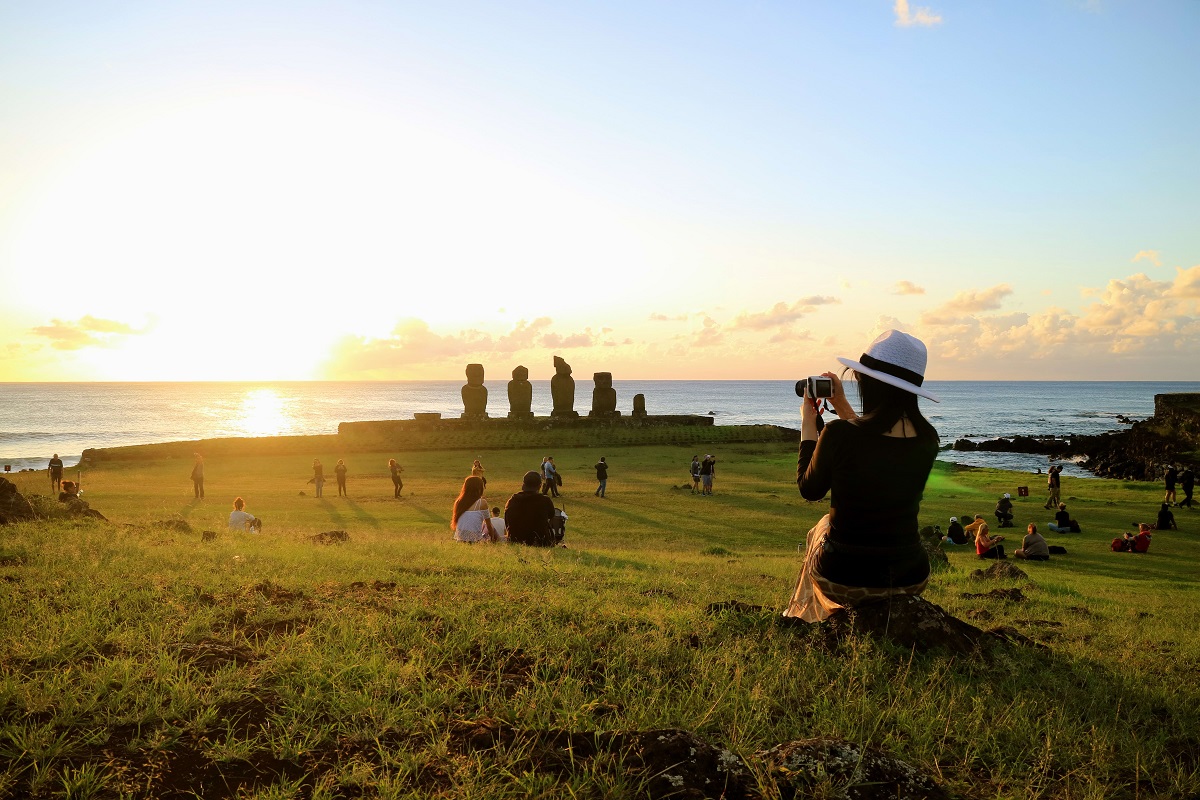
</p>
Easter Island in a Nutshell
Easter Island is an original destination where Polynesian tradition meets South American Latin culture. The landscapes often seem desolate, but at the turn of a quarry or a volcano, a jewel case of beauty appears. This land of constrates exudes an emotional and often suffocating power that leaves no one indifferent. Encountering the Moai, vestiges of an ancient civilization still largely unknown, makes for a unique and unforgettable experience.
The island takes just three full days to visit. It’s a great opportunity for anyone looking for a mysterious getaway in the context of a trip to Chile or Latin America. Yet the island has so much to offer, and complete vacations are possible, especially from January to March. For a more immersive stay, allow six to seven nights. Contact us for further information.
Tours and Activities on Easter Island
Discover What to Do on Easter Island, With a Selection of the Best Tours and Activities Available!
Explore Easter Island
Check Out Our Practical Tips, Recommendations & Ideas For Your Stay!

